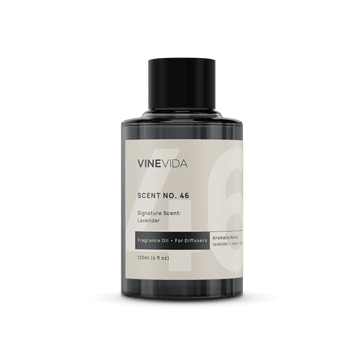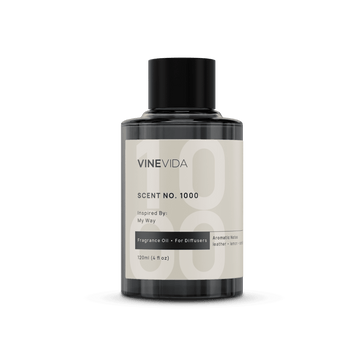Scientific Name: Cananga Odorata
Origin: Madagascar
Plant Part: Flowers
Scent: Exotic, Floral, Sweet, and Slightly Fruity
Color: Clear with a yellow Tinge
Consistency: Medium
Perfumery Note: Middle - Base
Initial Aroma Strength: Medium
Extraction Method: Steam Distilled
Ylang Ylang Essential Oil: Uses, Benefits, and Blends
Move aside oysters, because ylang-ylang essential oil is the new aphrodisiac in town! Luckily for us, it also smells a lot better! The sweet, seductive scent of Ylang Oil is widely believed to help improve the mood in the bedroom, in addition to promoting hair growth and glowing skin. Due to its heady aroma, ylang-ylang is a favorite of many perfumers, appearing in designer scents such as Chanel’s famous Chanel No. 5. So, throw out your smelly shellfish and create your own custom perfume with VINEVIDA’s Ylang Oil, straight from Madagascar!
Ylang-Ylang comes from the Cananga tree, native to India and parts of Southeast Asia. Its botanical name is Cananga Odorata, and it is also sometimes referred to as the “perfume tree”. The name Ylang-Ylang comes from the Tagalog word “ilang”, which means wilderness. One of the more common mistranslations is that Ylang-Ylang means “Flower of Flowers”. Ylang oil is prized in the perfume industry for its heady, tropical aromas. Furthermore, in Indonesia, the flowers are strewn across the bed of newlywed couples, as there are claims that Ylang works as an aphrodisiac.
Ylang Ylang Essential Oil Benefits: Component Breakdown
- Linalool: Linalool is a naturally occurring terpene alcohol. Its aroma is floral, with a hint of spice, and it is in many commercial products for scent purposes. Studies on linalool indicate it may be effective in reducing anxiety via inhalation.
- Geranyl Acetate: Geranyl is an organic monoterpene ester. It appears as a colorless liquid and has a bright, floral aroma. You will find it mainly in creams and soaps, where it contributes to fragrance, or as a flavoring additive in foods and beverages. It contributes a large share to Ylang-Ylang Essential Oil benefits.
- Farnesol: Farnesol is an organic sesquiterpene alcohol, and occurs naturally in both plants and animals. Though more research is necessary, farnesol shows indications of working as a chemopreventive agent. It is another component that makes sure of most ylang-ylang essential oil benefits.
- Geraniol: Geraniol is a common monoterpene in many essential oils. You will often find it in food, cosmetics, and fragrances.
- Geranial: Geranial is more commonly referred to as citral. It is a clear, yellowish liquid that smells of lemons, and is a key ingredient in the pheromones of honey bees. It also occurs naturally in many plants, including the Cananga tree.
- Benzyl Acetate: Benzyl acetate is an acetate ester, with an aroma reminiscent of that of pears. It is an organic plant metabolite.
- Eugenol: Eugenol gives off a clove-like aroma and appears anywhere from colorless to clear yellow. You will find it in perfumes, cosmetics, and some dental anesthetics.
- Methyl Chavicol: The more common name for methyl chavicol is estragole. It is an organic plant compound and appears in many perfumes.
- Pinene: Pinene is an organic terpene present in many plants and essential oils, which smells strongly of pine. You will also find pinene in many different fragrances, both industrial and cosmetic. Many benefits of the oil are acquired with this component.
- Beta-Caryophyllene: Caryophyllene is a common terpene that you will find in many essential oils. It differs from other terpenes because it is capable of activating cannabinoid receptors, though it is psychoactive. The activation of these receptors can help reduce inflammation in the body.
- Farnesene: Farnesene is a sesquiterpene, organic to many plants. Several plants use farnesene as a natural insect repellent.
Ylang Ylang Essential Oil Uses: For Wholesale Purposes
Perfume
Perfumery is one of the most common Ylang-Ylang Essential Oil uses. By far the most common use of ylang-ylang oil is in perfumes. The aroma of Ylang is rich and heavy, making it a base note in fragrance terms. This means that it forms the foundation for a scent, and is the longest-lasting aroma in duration. It also helps to stabilize other scents, helping them to dissipate at a slower rate. Ylang-ylang smells sweet and tropical and is an ingredient in Chanel No. 5, one of the most famous perfumes in the world. For more details on the creation of perfume, and how to make your own, check out this blog post.
Ylang Ylang Essential Oil for Hair and Skin
Ylang-Ylang Essential Oil's uses in the haircare and skincare industries are significant. Many people claim there are many benefits to using Ylang oil externally. It is widely thought that Ylang can help regulate sebum production in the skin. Sebum is an oily substance that the body creates and secretes through sebaceous glands on the skin and scalp. When the body produces too much sebum, this can result in a build-up of oil, which can prevent the skin from being properly moisturized. This leads to slower-growing hair, which is why many people use Ylang Oil to help promote hair growth.
Aromatherapy
A small study done on 34 nurses found that using ylang-ylang oil helped to increase feelings of self-esteem. Additionally, Ylang is widely believed to improve mood, reduce feelings of anxiety and depression, and even act as an aphrodisiac. While there may be a lack of scientific evidence to back up these claims, there is no doubt that the tropical aroma of Ylang-Ylang is a favorite of many.
Soap Making

Here comes another one from the uses list. Due to its rich, sweet scent, Ylang-Ylang is a very common ingredient in natural soaps. As many people claim to find Ylang oil to be very beneficial to the skin, its popularity in products such as soaps, lotions, and moisturizers is steadily increasing.
What Blends Well with Ylang Essential Oil?
Ylang Ylang’s bright, tropical aroma blends well with many different types of oils. You can pair it with woody, floral, and even citrus fragrances. Try blending it with Lemon, Bergamot, Grapefruit, Vetiver, or Cedarwood Oil. Play around with different combinations until you find the perfect custom scent!
Precautions
Many of the core constituents of Ylang-Ylang Oil are allergens. This means that many people may have sensitivity to this oil and the products it goes into. While you should never ingest essential oils, you can use ylang-ylang oil topically if you dilute it first. However, due to its components, it’s best to do a patch test first. To do this, add 3-6 drops of ylang to one ounce of Carrier Oil, such as Coconut. Then, dab a small amount onto your skin. Wait for 24 hours, and see if any reaction occurs. If not, you can continue with topical application. The National Association for Holistic Aromatherapy advises using no more than 6-15 drops per ounce of carrier oil for an adult, but it is best to start with less in case of a potential reaction.
Flash Point
89 °C
Conclusion
Ylang-Ylang’s heady, seductive aroma is a favorite of many. You will find it in many perfumes, including the famous Chanel No. 5. Ylang oil is also common in soaps, lotions, and hair care products. Anecdotal evidence indicates that it may also be able to help improve mood, decrease anxiety, and even act as an aphrodisiac. VINEVIDA offers 100% pure, bulk Ylang-Ylang Essential Oil for use in both perfumes and cosmetics.

- Reviews
- Questions

Ease of ordering, reputation & expectations of benefits are my reasons for the purchase.

I love the oil but the ylang-ylang seal came broken on the bottle so it came half full other than that it's a beautiful essential oil�

Good price for Ylang ylang
Good price for Ylang ylang. I’ll try it in soap
This essential oil is perfect
This essential oil is perfect as an add in scent to a spicier base.
You may also like
Recently viewed

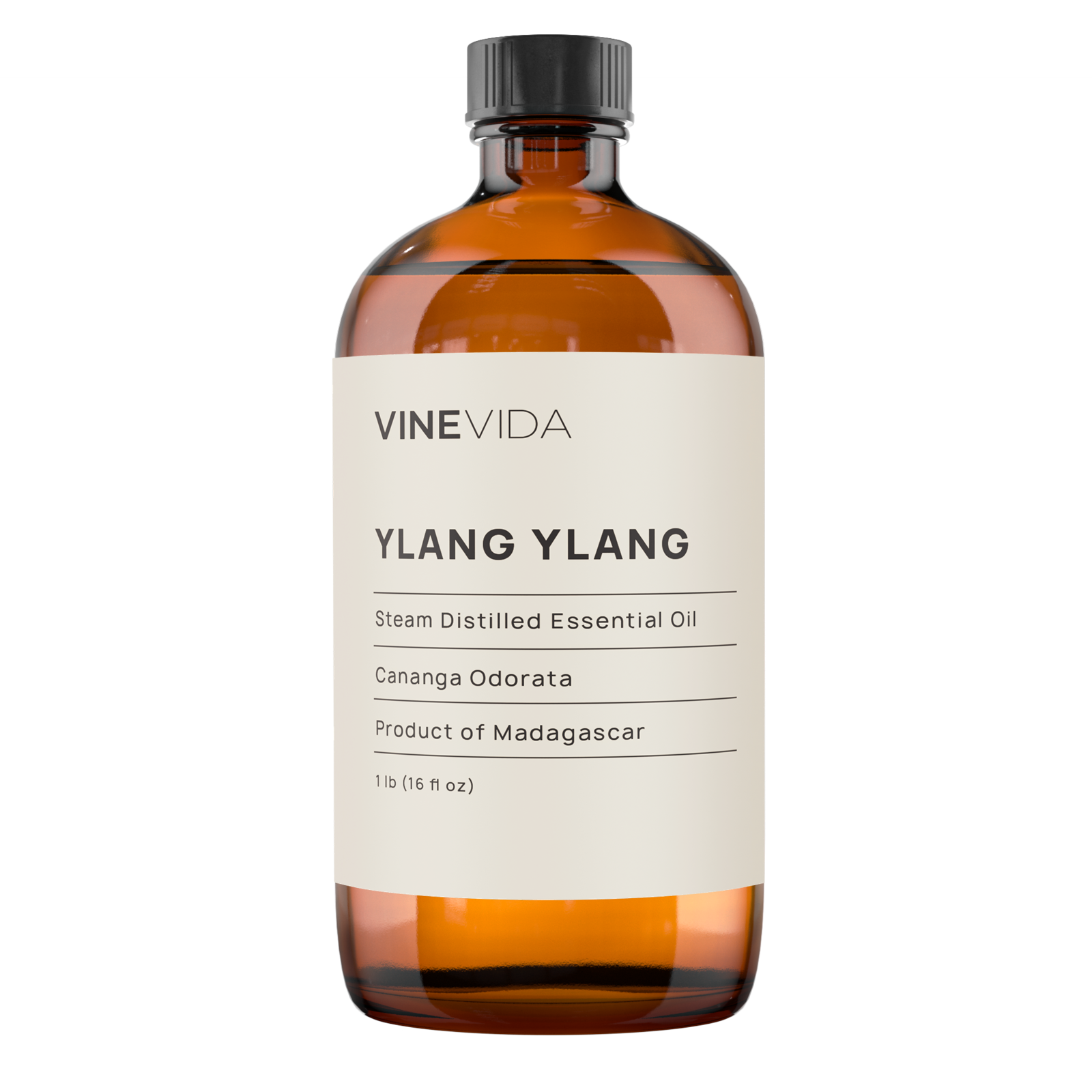
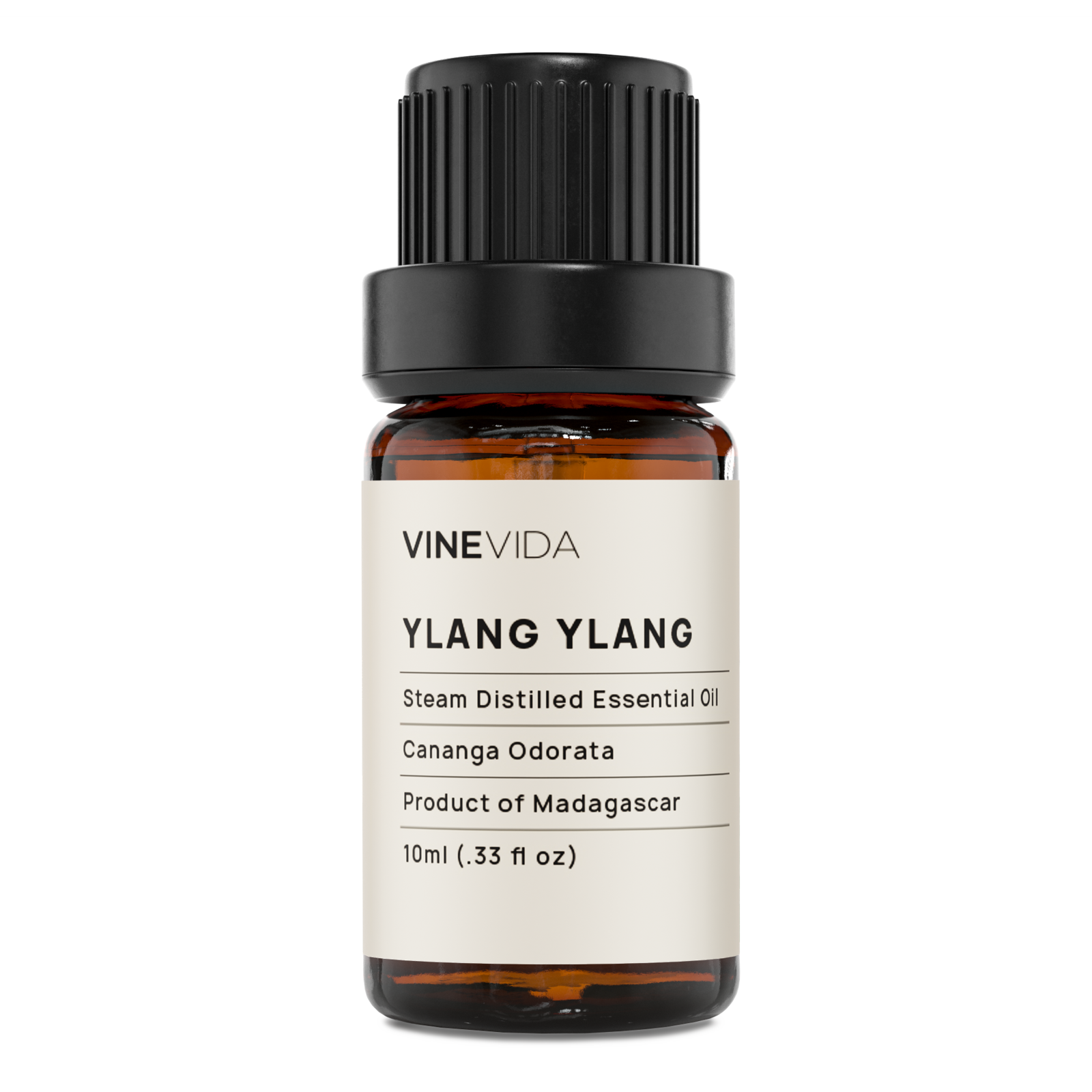
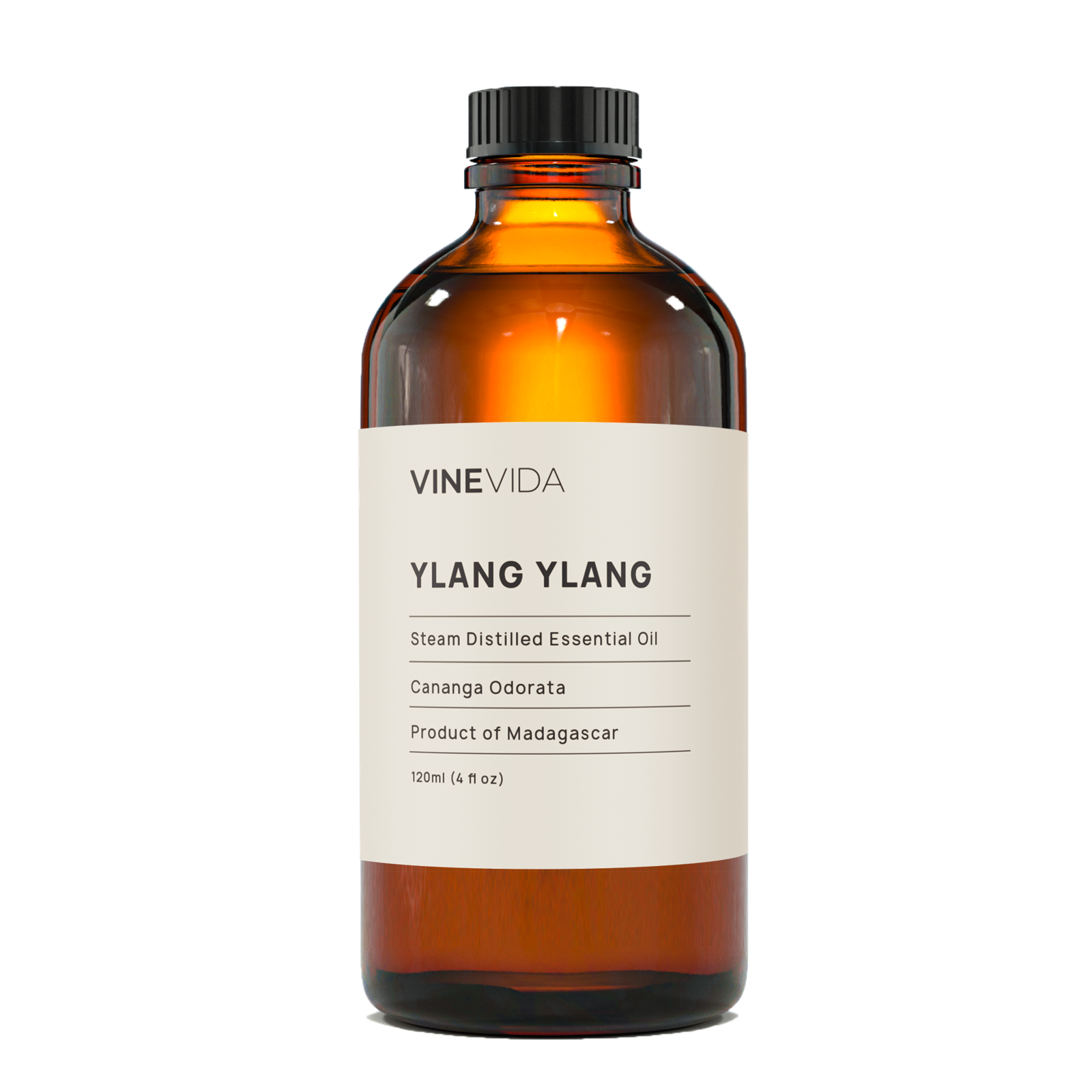
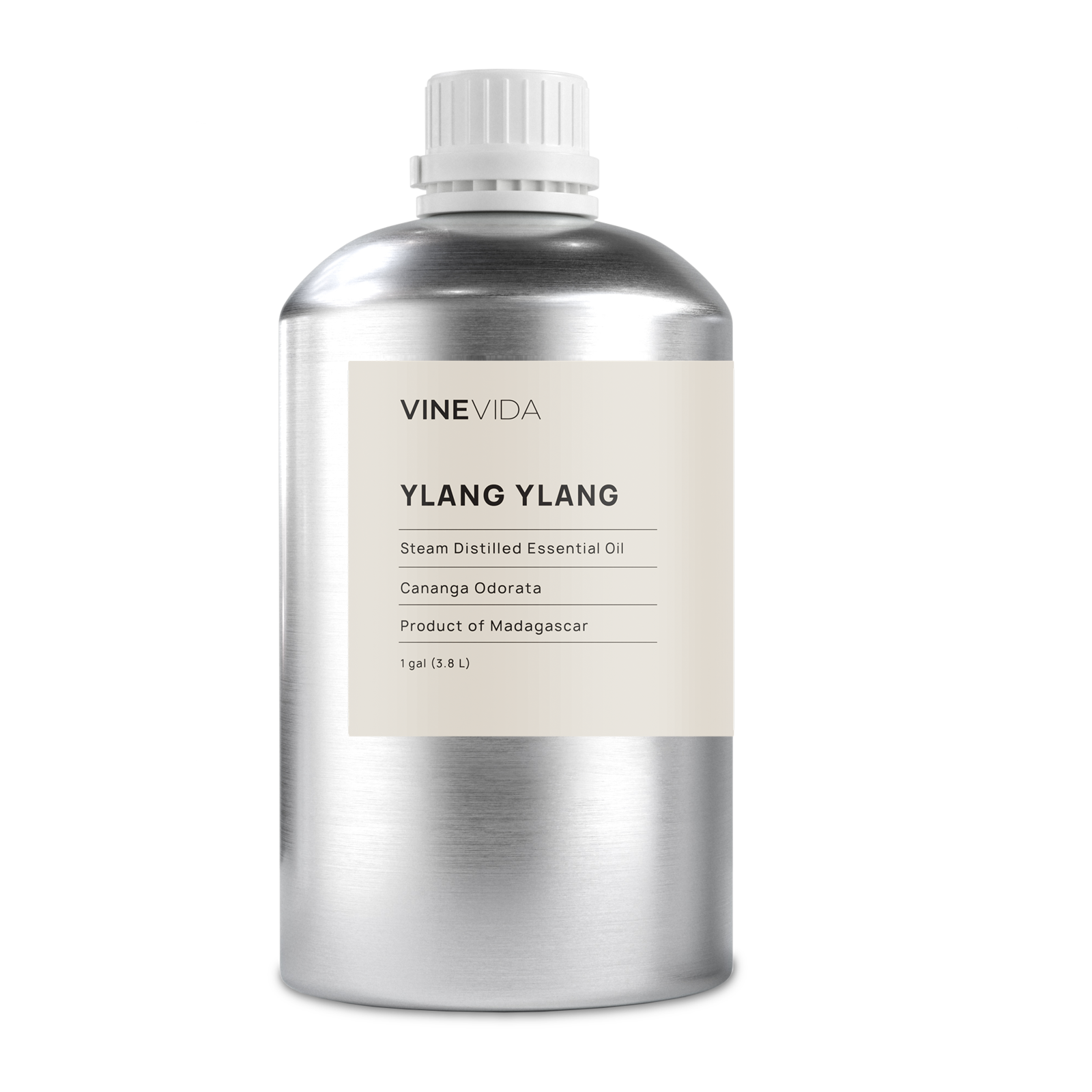
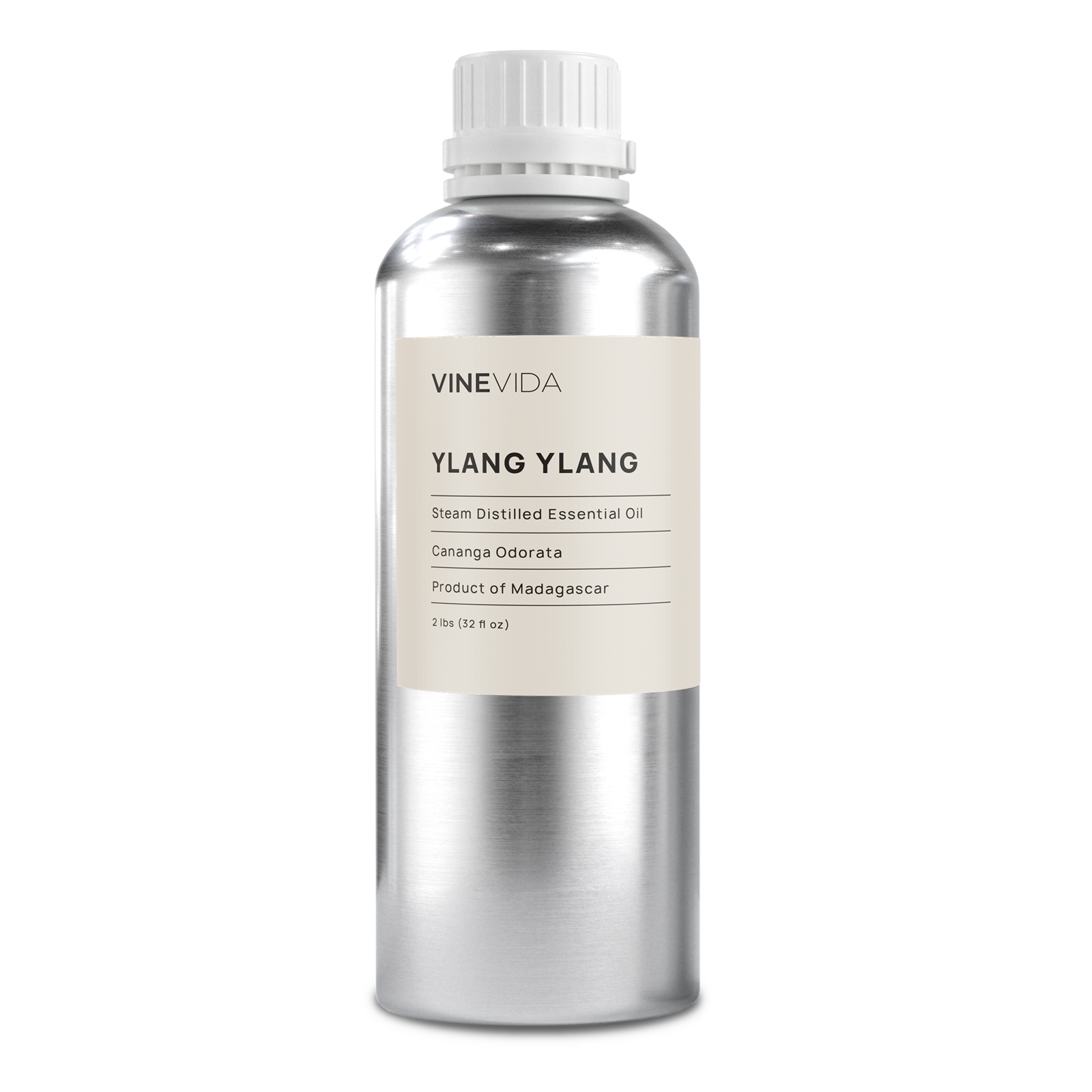
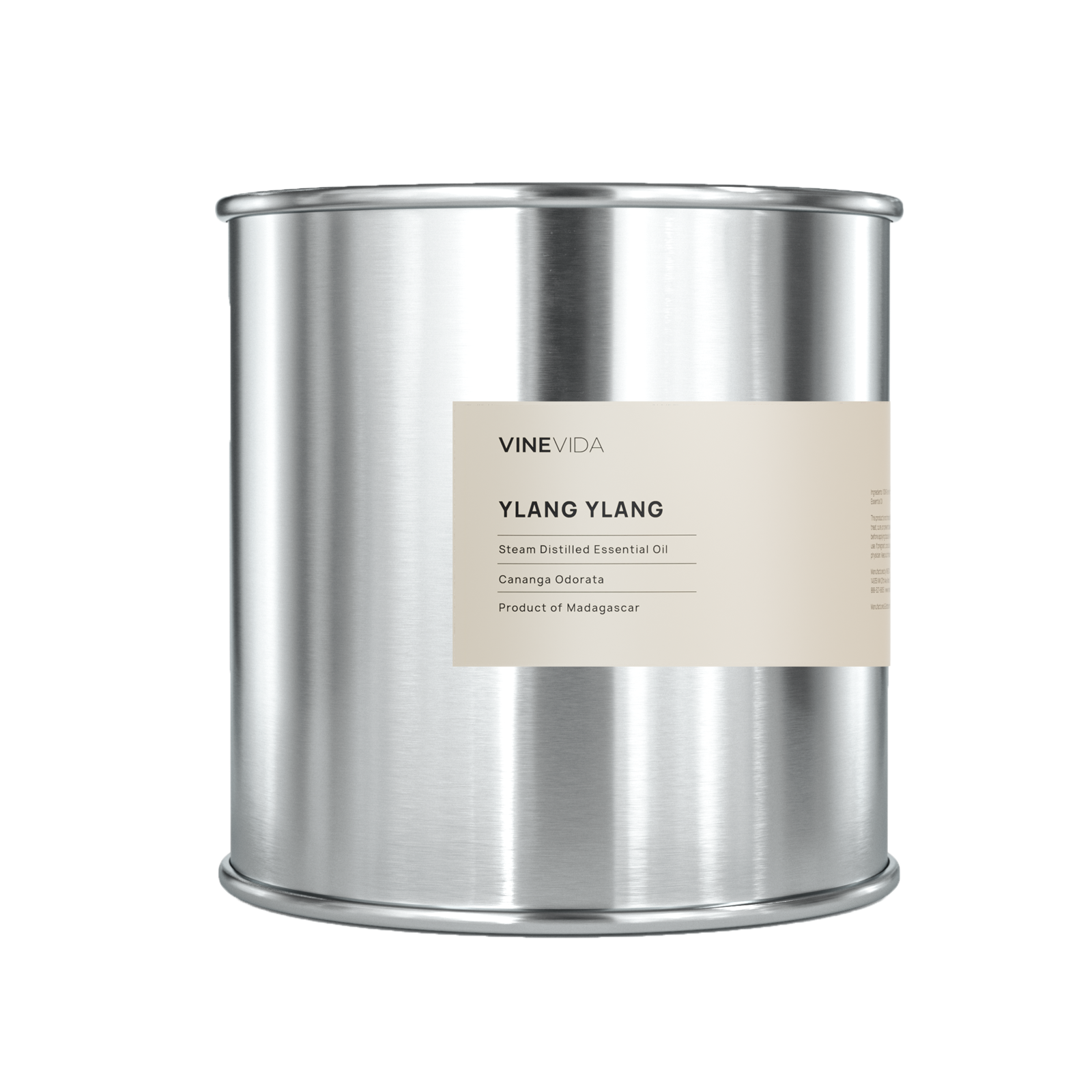
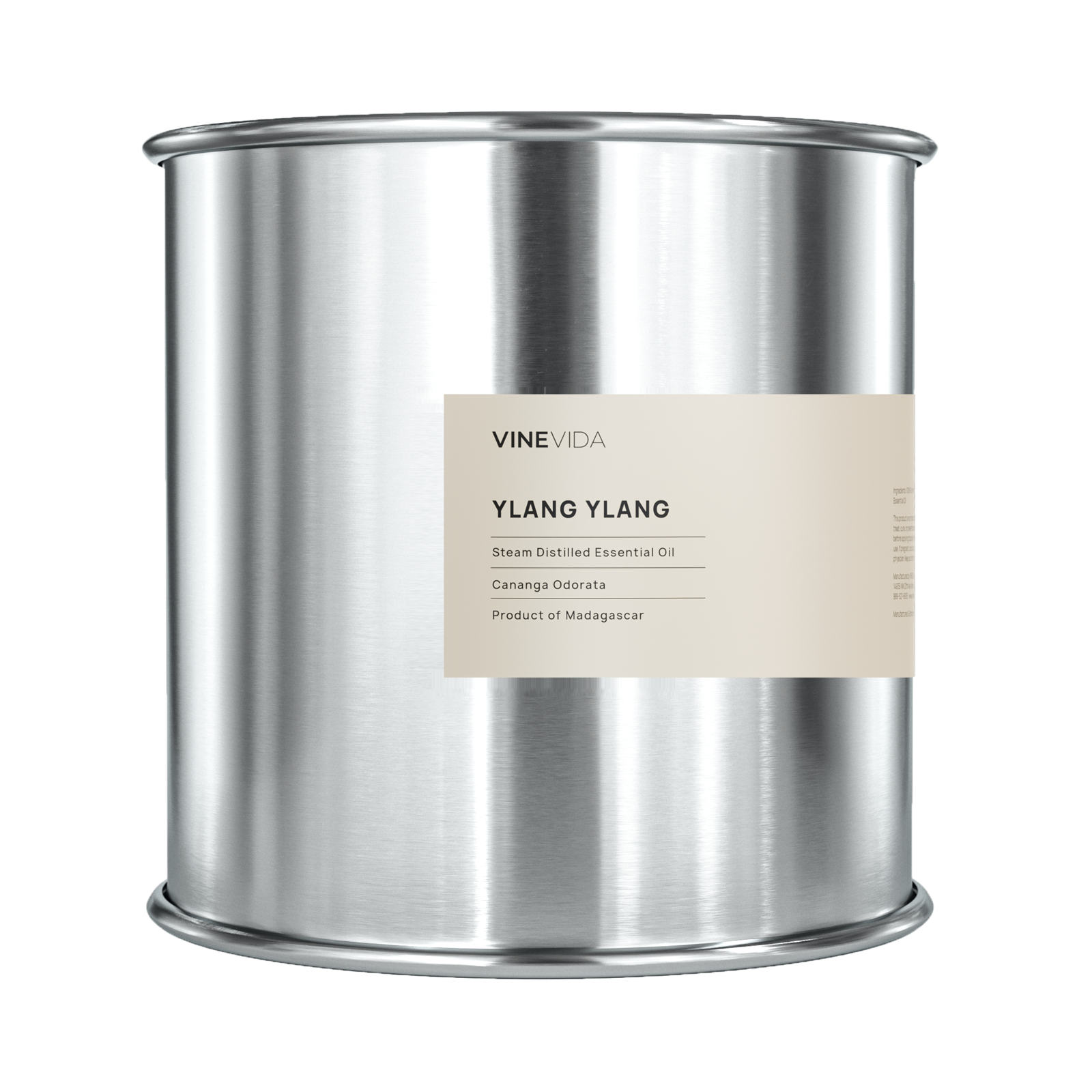
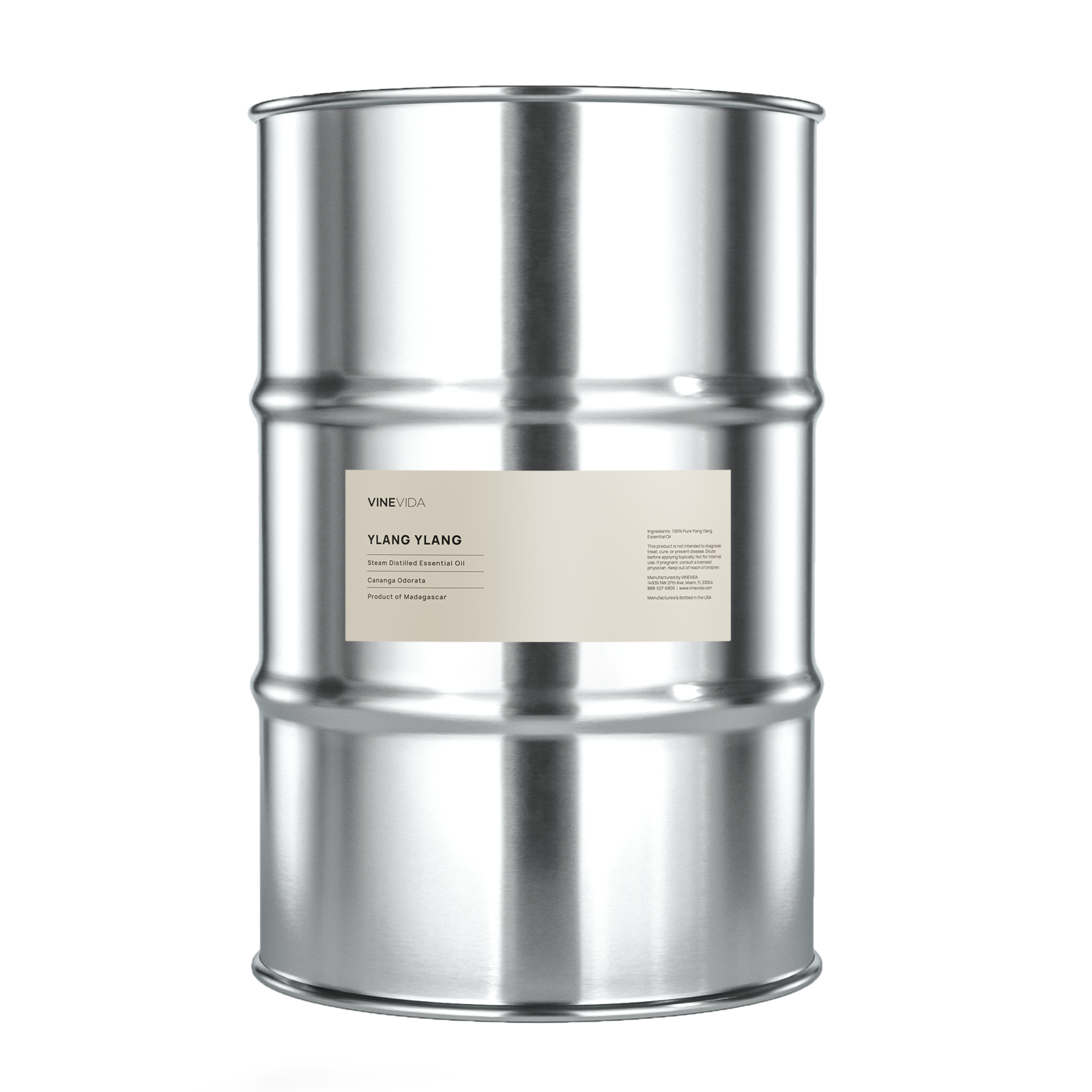





 IFRA Statement
IFRA Statement

















